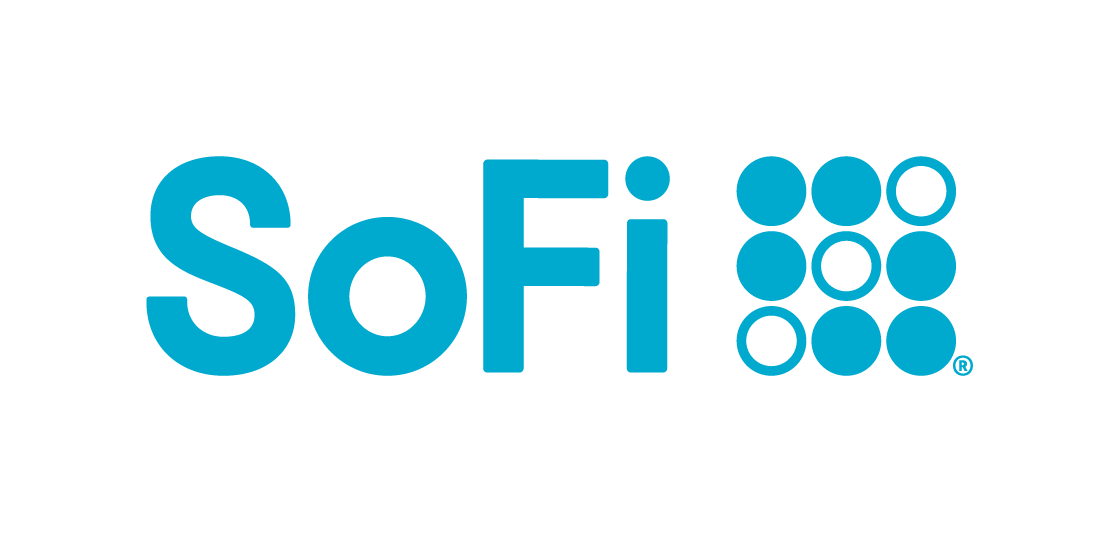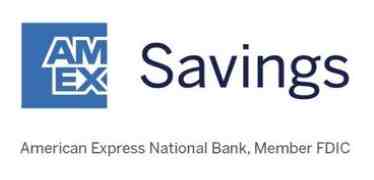
Banking Definition: What Is Banking & How Does It Work?
Need a savings account, a checking account, or maybe a CD? We’ll help you figure out the best options so you can make smart, stress-free banking choices.
A bank is a place where you can deposit your money, save it, and even borrow when needed. There are different kinds of banks, like retail banks for everyday use and commercial banks for businesses. They accept deposits and lend money that’s how they keep the money cycle going.
Banking Definition: What Is Banking & How Does It Work?
The banking system keeps money moving in the economy. Banks take in deposits from people and businesses, then lend that money out for things like homes, cars, or business needs. They earn from interest on loans, account fees, and investments.
Types of banking systems:
- Commercial banks – Handle everyday banking like savings, checking, and loans, and Credit cards.
- Central banks – Control a country’s money supply and interest rates (like RBI in India or the Federal Reserve in the US).
- Credit unions – Member-owned banks that offer similar services but usually with lower fees.
- Investment banks – Help companies raise money and manage big financial deals.
Purpose of the banking system:
Banks help people save, pay, and move money easily. They give loans, support businesses, help the economy grow, and offer services like online transfers and cards for daily use.
Banking tools
Savings Accounts
Find top saving Accounts
Certificates of Deposit Get the best CD’s
Checking accounts Compare Checking Options
Bonuses
Earn Bonus
Calculator
Compound Interest Calculator
Banking Institution Reviews
| Sr No. | Financial Institution | Rating | Annual Fee | Intro Offer | Rewards Rate / APY | Apply Now Link |
|---|---|---|---|---|---|---|
 | SoFi Checking and Savings | 5.0 / 5 | $0 | Up to $300 with direct deposit | 0.50% APY | Apply Now |
| NBKC bank Everything Account | 5.0 / 5 | $0 | N/A | 1.75% APY | Apply Now | |
 | Discover® Cashback Debit | 5.0 / 5 | $0 | Up to $360 per year | 1% cash back on debit card purchases | Apply Now |
 | Upgrade – Rewards Checking Plus | 5.0 / 5 | $0 | N/A | Up to 2% cash back on eligible purchases | Apply Now |
 | American Express Rewards Checking | 5.0 / 5 | $0 | N/A | 1.00% APY | Apply Now |
| Bask Bank Interest Checking | 5.0 / 5 | $0 | N/A | 1.00% APY | Apply Now | |
| Laurel Road Loyalty Checking | 5.0 / 5 | $0 | N/A | 0.01% APY | Apply Now | |
| TAB Bank – TAB Spend | 5.0 / 5 | $0 | N/A | 3.50% APY | Apply Now | |
 | ZYNLO Bank More Spending Account | 5.0 / 5 | $0 | N/A | 2.00% APY | Apply Now |
 | Marcus by Goldman Sachs Bank | 5.0 / 5 | $0 | N/A | 3.75% APY | Apply Now |
Saving Accounts:-
Almost every bank provides a normal, regular account called a savings account, It is a safe place to keep your money for future use. It’s great for things like emergency funds, big purchases, or saving for a goal. These type of accounts provides easy deposit and withdrawal facilities as per the account holder’s convenience. The best part is your money grows slowly over time by earning interest. It is not meant for everyday spending, and most banks limit how many times you can take money out each month. Think of it as your “just in case” or “saving up for something big” account.
Common Requirements for Saving Accounts
Most savings accounts ask you to keep a certain minimum balance — usually more than what a checking account needs.
Also, it’s not as easy to spend money from a savings account. You can’t write checks or swipe your debit card directly from it. To use the money, you’ll need to take it out at an ATM, visit the bank, or move it to your checking account first.
Plus, there’s a rule from the government: you can only take money out of your savings account up to 6 times a month. Go over that, and the bank might charge you a fee.
Certificates of Deposit Get the best CD’s
A Certificate of Deposit (CD) is a savings account where you agree to leave your money in the bank for a set amount of time. In return, you get a fixed interest rate usually higher than a regular savings account.
You can choose a term like 3 months, 1 year, or even up to 5 years. During that time, your money stays locked in. You can’t touch it without paying a fee.
There are no monthly charges, but if you take your money out early, you’ll likely get hit with a penalty. CDs are a good option if you don’t need the cash right away and want to earn a bit more from your savings
What is Checking Account
A checking account is a type of bank account that helps you manage your everyday money. You can use it to deposit and withdraw cash, pay bills, shop with a debit card, or send money online. It’s made for day-to-day spending and keeping track of your transactions easily.
Types of checking accounts:
- Basic Checking – Simple account for everyday use with few features and low or no fees.
- Student Checking – Designed for students, often with no monthly fees or balance requirements.
- Joint Checking – Shared by two people, like spouses or family members.
- Business Checking – For managing business finances, payments, and expenses.
- Interest-Bearing Checking – Earns interest on your balance, but may need a higher minimum balance.
- Senior Checking – Tailored for older adults with perks like free checks or discounted fees.
- Second Chance Checking – For those with past banking issues, helps rebuild financial habits.
Earn Bonus
[2:23 PM, 5/18/2025] Chat GTP: Looking to earn some extra cash just by opening a new bank account? Many banks are offering sign-up bonuses when you open a new checking or savings account. Typically, you’ll need to set up direct deposit and keep the account open for a certain period. Here are some current offers:
💰 Chase Total Checking® – 300 Bonus
Open a Chase Total Checking® account and receive a300 bonus when you set up direct deposits totaling 500 or more within 90 days. The account has a12 monthly fee, but you can waive it by meeting certain criteria, such as maintaining a 1,500 daily balance or having qualifying direct deposits. [1]
💵 TD Complete Checking –200 Bonus
New customers can earn a 200 bonus by opening a TD Complete Checking account and receiving direct deposits of 500 …
Open a TD Beyond Checking account and earn a 300 bonus when you have at least $ 2,500 in direct deposits post to the account within the first 60 days. This account offers additional perks, such as no ATM fees with a $2,500 minimum daily balance and waived monthly maintenance fees on linked personal savings accounts.
Things to Keep in Mind:
- Eligibility: These offers are typically for new customers who haven’t had an account with the bank in the past 12 months.
- Direct Deposit: Ensure your direct deposit qualifies; typically, this means a paycheck, pension, or government benefit.
- Account Fees: Be aware of monthly maintenance fees and how to waive them to avoid charges.
- Bonus Timing: Bonuses are usually deposited into your account within a few weeks after meeting the requirements.
Before opening an account, consider your financial habits and needs to choose the best option for you. Always read the fine print to understand all terms and conditions associated with the bonus offers.
Compound Interest Calculator
Compound interest helps your money grow faster. It means you earn interest on your original amount and on the interest you’ve already earned.
To figure out how much your savings can grow:
- Put in how much you’re starting with
- Add what you’ll save regularly
- Pick how often the interest is added (like monthly or yearly)
- Choose the interest rate and how long you’ll save
The calculator will show you how your money can build up over time. The longer you save, the more you earn!
Banking Definition: What Is Banking & How Does It Work?, Banking Definition: What Is Banking & How Does It Work?, Banking Definition: What Is Banking & How Does It Work?, Banking Definition: What Is Banking & How Does It Work?, Banking Definition: What Is Banking & How Does It Work?, Banking Definition: What Is Banking & How Does It Work?,Banking Definition: What Is Banking & How Does It Work?,Banking Definition: What Is Banking & How Does It Work?,Banking Definition: What Is Banking & How Does It Work?,Banking Definition: What Is Banking & How Does It Work?, Banking Definition: What Is Banking & How Does It Work?, Banking Definition: What Is Banking & How Does It Work?, Banking Definition: What Is Banking & How Does It Work?, Banking Definition: What Is Banking & How Does It Work?, Banking Definition: What Is Banking & How Does It Work?, Banking Definition: What Is Banking & How Does It Work?, Banking Definition: What Is Banking & How Does It Work?,Banking Definition: What Is Banking & How Does It Work?,Banking Definition: What Is Banking & How Does It Work?,Banking Definition: What Is Banking & How Does It Work?,Banking Definition: What Is Banking & How Does It Work?, Banking Definition: What Is Banking & How Does It Work?
Compound interest formula: How to calculate compound interest
To calculate interest without a calculator, use the following formula:
A=P(1+r/n)nt, where:
A = ending amount.
P = original balance.
r = interest rate (as a decimal).
n = number of times interest is compounded in a specific time frame.
t = time frame.
What is the compound interest formula, with an example?
You can use this compound interest calculator or compute compound interest manually by using the formula A=P(1+r/n)^nt. Here’s an example:
Say you deposit $5,000 in a savings account that earns a 5% annual interest rate and compounds monthly. You would calculate A = $5,000(1 + 0.00416667/12)^(12 x 1), and your ending balance would be $5,255.81. So after a year, you’d have $5,255.81 in savings.
